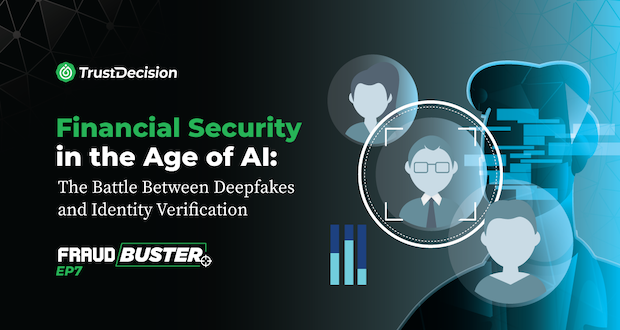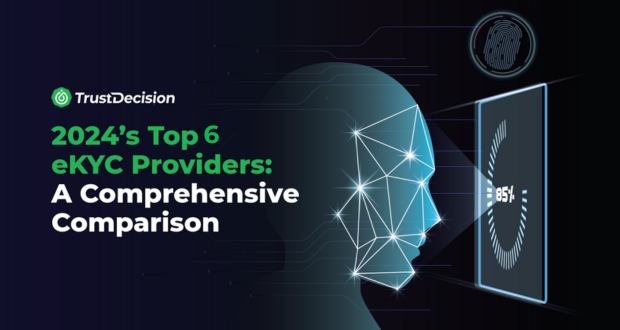Understanding KYC Verification
What is KYC Verification?
KYC verification is the process of confirming the identity of customers to ensure they are who they claim to be. This is crucial for preventing fraud, money laundering, and other illegal activities. The primary purpose of KYC verification is to protect businesses and their customers by ensuring that all transactions are legitimate and compliant with regulatory standards.
The key components of KYC verification include customer onboarding, online identity verification services, and document verification services. During customer onboarding, businesses collect personal information and documents from new customers to ensure accurate and complete data from the start. Online identity verification services use digital tools to verify the identity of customers remotely, employing methods such as biometric verification, facial recognition, and two-factor authentication. Document verification services involve checking the authenticity of documents provided by customers, such as passports, driver’s licenses, and utility bills, to ensure they are valid and not forged or tampered with.
Corporate KYC vs. KYC for Individuals
The approach and requirements for corporate KYC differ significantly from those for individual KYC. Corporate KYC focuses on verifying the identity of businesses and their key stakeholders. This process requires additional documentation, such as business registration certificates, corporate resolutions, and information about beneficial owners. Corporate KYC often involves more complex and detailed checks due to the higher risk associated with corporate entities.
On the other hand, KYC for individuals primarily involves verifying personal identification documents and personal information. This process is generally simpler and quicker compared to corporate KYC but still requires thorough checks to ensure accuracy and compliance.
Each type of KYC comes with its own set of challenges. For corporate KYC, the complexity of verifying multiple stakeholders and large volumes of documentation can be daunting. Implementing automated systems that can handle large datasets and cross-reference information efficiently can help address these challenges. For individual KYC, ensuring the accuracy of personal information and detecting fraudulent documents are key concerns. Utilizing advanced technologies like AI and machine learning can enhance the accuracy and speed of verification processes, making it easier to identify and prevent fraudulent activities.
Step 1: Customer Identification
Collecting Basic Information
The first step in the KYC process is collecting basic information from customers. This includes essential details such as the customer’s name, address, date of birth, and contact information. Gathering this information is crucial as it forms the foundation of the customer’s profile and is used for further verification and risk assessment.
Verifying Identity Documents
Once the basic information is collected, the next step is to verify the identity documents provided by the customer. Common documents used for verification include passports, driver’s licenses, and national ID cards. These documents are checked for authenticity to ensure they are valid and not forged. This verification process often involves cross-referencing the information on the documents with external databases and using advanced technologies like biometric verification and facial recognition to confirm the customer’s identity.
Importance of Accurate Data Collection
Accurate data collection is vital in the KYC process. Ensuring that the information provided by the customer is correct and up-to-date helps prevent identity fraud and other illegal activities. Accurate data collection also facilitates smoother transactions and enhances the overall customer experience. Businesses must implement robust data collection and verification procedures to maintain the integrity of the KYC process and comply with regulatory requirements.
Step 2: Customer Due Diligence
Assessing Risk Levels of Customers
Customer Due Diligence (CDD) begins with assessing the risk levels of customers. This involves evaluating the potential risks associated with each customer based on their profile and activities. Financial institutions use a risk-based approach, categorizing customers into different risk levels (low, medium, high) depending on factors such as their transaction patterns, geographic location, and the nature of their business. This assessment helps in identifying customers who may pose a higher risk of engaging in illegal activities like money laundering or terrorist financing.
Conducting Background Checks
Once the risk levels are determined, conducting thorough background checks is essential. This process involves verifying the customer’s identity against various databases, including sanctions lists, politically exposed persons (PEP) lists, and adverse media sources. Background checks help in uncovering any past criminal activities or associations that might indicate a higher risk. By cross-referencing information from multiple sources, businesses can ensure that they have a comprehensive understanding of their customers’ backgrounds and potential risks.
Monitoring Ongoing Transactions for Suspicious Activity
Continuous monitoring of customer transactions is a critical component of CDD. This involves regularly reviewing and analyzing transaction patterns to detect any unusual or suspicious activities. Financial institutions use advanced analytics and automated systems to flag transactions that deviate from the customer’s normal behavior or exceed predefined thresholds. Monitoring helps in identifying potential red flags, such as large cash deposits, frequent international transfers, or transactions with high-risk jurisdictions. By keeping a close watch on ongoing transactions, businesses can promptly detect and respond to suspicious activities, ensuring compliance with regulatory requirements and protecting against financial crimes.
Step 3: Ongoing Monitoring
Identifying High-Risk Customers
Ongoing monitoring is essential for identifying high-risk customers who may pose a greater threat of engaging in fraudulent or illegal activities. This involves continuously assessing customer behavior and transaction patterns to detect any signs of increased risk. High-risk customers are typically those who exhibit unusual transaction behaviors, have connections to high-risk jurisdictions, or are involved in industries prone to money laundering. By identifying these customers early, businesses can take proactive measures to mitigate potential risks.
Implementing Additional Verification Measures
For customers identified as high-risk, implementing additional verification measures is crucial. This may include enhanced due diligence procedures such as more frequent reviews of their transactions, deeper background checks, and additional identity verification steps. Enhanced measures help ensure that high-risk customers are closely monitored and that any suspicious activities are promptly detected and addressed. These measures also demonstrate a business’s commitment to regulatory compliance and risk management.
Continuous Monitoring and Updating Customer Information
Continuous monitoring involves regularly reviewing customer transactions and updating their information to reflect any changes in their risk profile. This process ensures that businesses have up-to-date information on their customers and can quickly respond to any changes in behavior or circumstances. Automated systems and advanced analytics play a significant role in continuous monitoring by providing real-time alerts and insights into customer activities. By maintaining accurate and current customer information, businesses can better manage risks and comply with regulatory requirements.
TrustDecision’s KYC++
TrustDecision’s KYC++ is a comprehensive KYC solution designed to streamline the compliance process for businesses across various industries. This solution leverages advanced technology to provide accurate and efficient identity verification, ensuring that businesses can meet regulatory requirements with ease. TrustDecision’s KYC++ is tailored to address the specific needs of different sectors, offering a flexible and robust approach to KYC compliance.
Multi-Layered Security
TrustDecision’s KYC++ combines document verification, biometrics authentication, and device fingerprinting to create a multi-layered security framework. This approach protects against fraudulent activities by ensuring that multiple aspects of a customer’s identity are verified. Advanced security measures help in detecting and preventing identity theft and other forms of fraud.
High Data Accuracy and Fast Results
The solution utilizes Optical Character Recognition (OCR) technology to achieve over 95% data accuracy. This high level of accuracy ensures that the information collected during the verification process is reliable and precise. Additionally, TrustDecision’s KYC++ provides verification results within 1 second, significantly speeding up the KYC process and enhancing the customer experience.
Global Compliance and Integration
TrustDecision’s KYC++ supports 12,500 document types across 247 countries and 138 languages, making it a truly global solution. It ensures compliance with international regulations such as GDPR and CCPA, helping businesses meet their legal obligations no matter where they operate. The solution’s ability to integrate with existing systems further enhances its utility, allowing for seamless implementation and operation.
TrustDecision's KYC++ offers a powerful and flexible solution for businesses looking to enhance their KYC processes, ensuring compliance, security, and efficiency in customer identity verification.
Conclusion
KYC verification is a critical process for businesses, especially in the financial sector, to ensure the legitimacy of their customers and to prevent fraud, money laundering, and other illegal activities. By verifying customer identities, businesses can protect themselves and their clients, maintain regulatory compliance, and foster a secure and trustworthy environment.
The KYC compliance process involves three essential steps:
- Customer Identification: Collecting and verifying basic customer information and identity documents to establish a reliable customer profile.
- Customer Due Diligence: Assessing the risk levels of customers, conducting background checks, and monitoring transactions to detect and prevent suspicious activities.
- Ongoing Monitoring: Continuously reviewing customer transactions, identifying high-risk customers, and updating customer information to ensure ongoing compliance and risk management.
By adopting such advanced solutions, businesses can ensure robust KYC compliance while maintaining operational efficiency and customer satisfaction.

.jpeg)







.jpeg)




